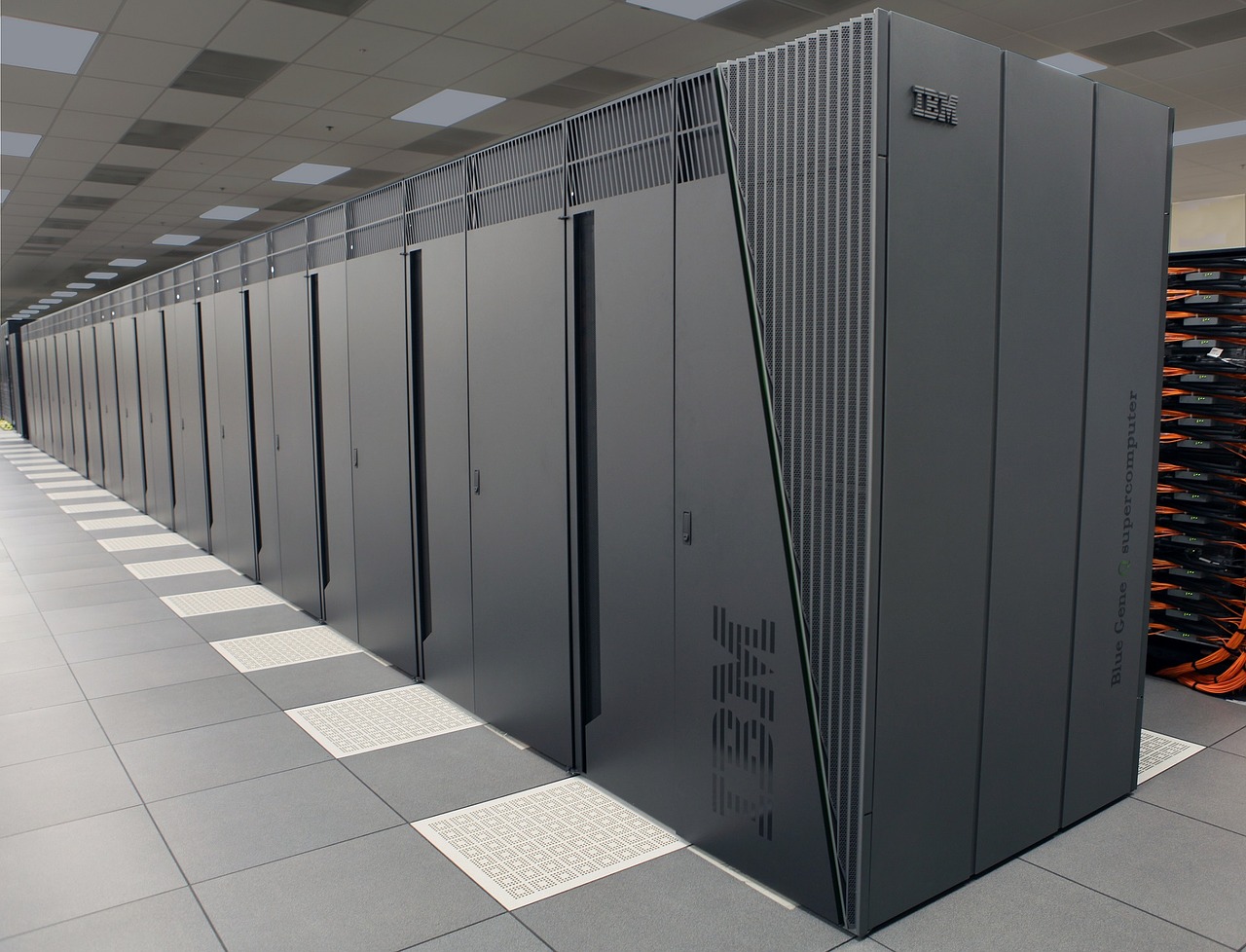The Bitcoin market is in a constant state of fluctuations. Things go up and they go down. Such is the nature of the game. However, on October 11, the market took a turn for the worse, plunging sub its $200 billion benchmark for the first time since September 20. Despite the temporary confusion and panic, things have already been getting bigger and better.
Most currencies are on their way back to their pre-mini-crisis level. So, what happened with the top performers?
TRON/USD
TRON has been doing quite alright by all standards. Its market capitalization has been comfortably lodged above the $1 billion mark, allowing for some strong customer base and somewhat promising long-term prospects. With the currency withstanding quite a few downfalls, TRON has been one of today’s buyers’ best friend.
The currency also achieved quite the intriguing tech advancement, by boosting its overall speed by 200 times compared to Ethereum and becoming 100 cheaper than EOS. Since TRON has achieved so much, it’s only natural that the cryptocurrency is now considering a new partnership with an industry giant.
Challenging as the market has been, there seems to be nothing stopping TRON right now. TRON may need to first restore its assets a bit before trading can resume or so we would advise traders.
BTC/USD
Now, BTC has never really been a safe bet. There have been a lot of signs that its value will fall, but the thing about Bitcoin is that no matter how often the value fell, it always climbed back. At the end of 2017, people were foolishly led to believe that they can mortgage their homes to buy Bitcoin and that it would pay off. Well, things haven’t been the same since.
So, clearly, Bitcoin has been performing quite well, minus the life-threatening plunges towards the bottom. The International Monetary Fund (IMF) has been warning that the creation of new sorts of assets, wealth and commodities will eventually lead to new vulnerabilities therein.
It turns out that all of that is still true. Meanwhile, Juniper Research, a respected intelligence firm has done a lot of research indicating that crypto markets will simply implode sooner or later.
Most users have apparently started to sell off, though, meaning that the $6,000-levels held in 2018 have been largely the culprit of the changes in the supply of Bitcoin.
LTC/USD
Meanwhile, the Winklevoss brothers have been doing quite well by themselves. They managed to get Gemini onto the next level by adding Litecoin and seeing it as one of the main currencies to be investing in.
Even then, the trend has been steadily downward, putting the hopes of some enthusiastic investors at risk. Nevertheless, the cryptocurrency can still jump back to its $94 levels, although this will require more optimistic prospects for the market in its entirety.
Litecoin can be resuscitated it seems by virtue of clever marketing techniques, which will allow it to take its rightful place at the top of all crypto operations.
EOS/USD
There have been efforts to prop up the currency, although it seems to be failing. Still, it’s said that EOS may finally obtain a Coinbase listing which will help it prop itself up and put itself on the crypto landscape, challenging as this may seem right now.
Should We Embrace Cryptocurrencies?
This has been the million-dollar question. All serious conglomerates out there don’t see the point to it, although entrepreneurs can definitely benefit from the fresh flow of capital by mastering support for their ideas and bringing out a reliable product.
However, having cryptocurrencies on a global scale seems unlikely. Conversely, the technology that propels them forward is quite likely to be adopted en masse and this is particularly what we should be striving to achieve.
IBM has been issuing a series of blockchain patents. There seems to be no particular area that has been missed by IBM’s decision to embrace blockchain in full. From the Internet of Things (IOT) that has been one of the most welcome advancement in the banking sector to overhauling IBM’s own financial tools and practices, the company is truly changing at a rapid clip.
Blockchain will be the driving force that will be changing a number of industries. Walmart has also partnered with IBM in a bid to secure the safety of their perishable goods and foods:
“We never had the intention of creating a product, all this started with the notion that we want to create a transparent food system. The way forward is decentralised as opposed to a supplier getting into a centralised database and putting data in there and the central authority owning the data. In this blockchain ecosystem, if you get into it and give data, it is your data, you own it. No single entity, nor IBM as the tech service provider can monetise or benefit from that data alone.”
According to Walmart’s head of food safety, Frank Yiannas:
“A very important concept is self-governance. We have an advisory committee made of participants in the system right now that are setting up the rules on how it operates. We have permissioning of data, and then in terms of the nodes themselves, this is a work in progress.
The nodes are within the IBM solution, but there is already work underway to create nodes that are independent of IBM. We’re in the early days of this, those nodes will be decentralised and they won’t be all IBM nodes.”
It’s obvious that IBM are strong champions of blockchain solutions. While they acknowledge that it’s largely the work of mathematicians who wanted to trade money, the implications of blockchain have become significant enough to allow every industry to look seriously at hiring its own experts who will work towards the creation of practical solutions that can be applied straight to the specific businesses they run.
While cryptocurrencies are still dithering between what can be done and what a perfect future would look like, blockchain solutions are already being put to honest use and bolstering the day-to-day business activities.



Comments (No)